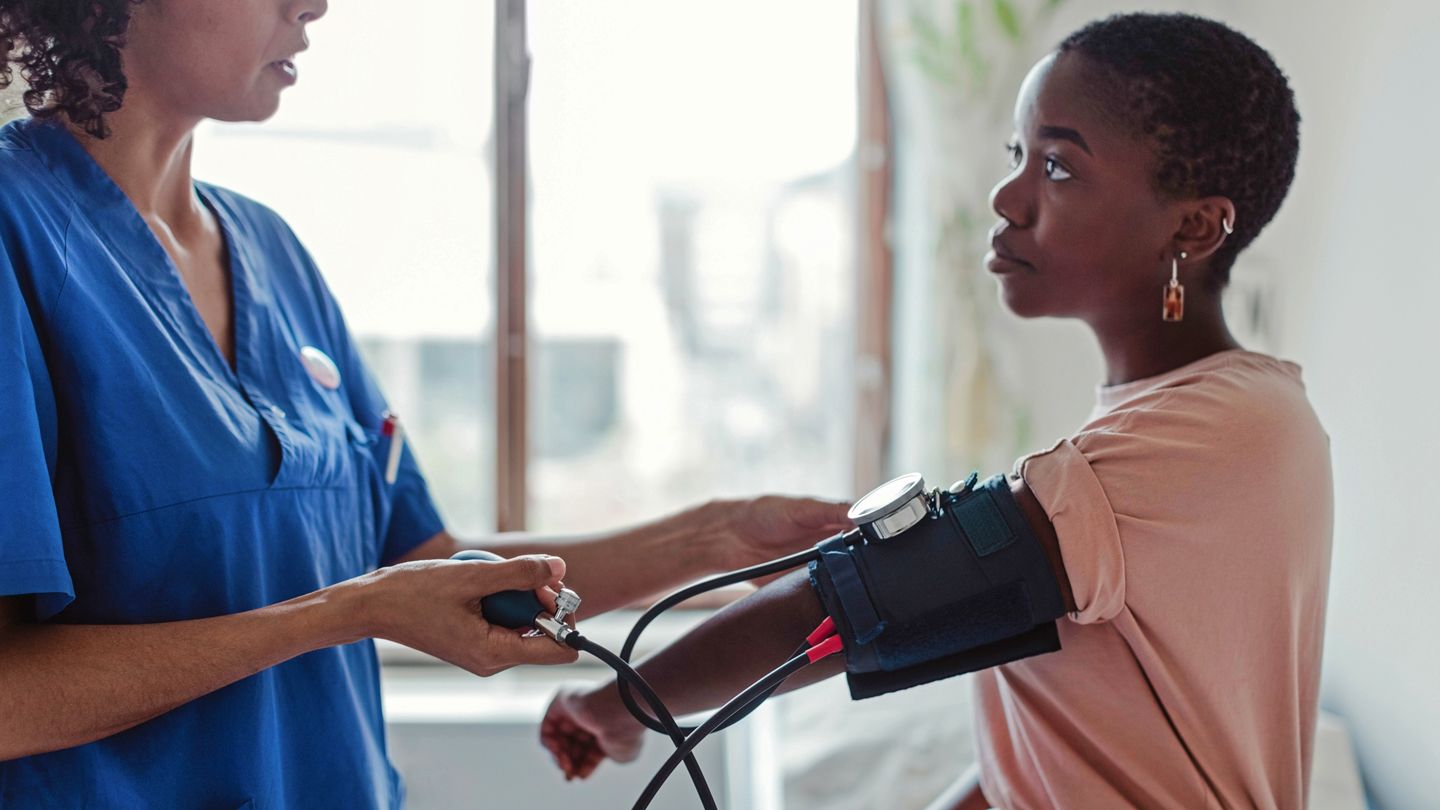Adolescents Left Behind Global AIDS Response – Experts
By Joyce Chimbi
The ominous warning came in 2019 through an anonymous message on her mobile phone to stay away from a man she met on social media.
At 18 years and freshly out of high school, *Nicole Kisi was in a relationship with a 45-year-old businessman.
“The message was clear. It said to be careful because of a rumour that the man’s wife died of HIV/Aids. I was shocked. I forwarded the message to my boyfriend, and he told me the person was jealous of him because he is successful,” she tells IPS.
“He looked healthy to me, and I believed that the message came from one of those jealous people.”
One year into the relationship, Kisi was in and out of hospitals. At first, she was treated for severe malaria, but her condition only worsened. Eventually, her HIV positive status was discovered.

As with other sub-Saharan Africa countries, government data shows AIDS is the leading cause of death and morbidity among adolescents and young people in Kenya.
Over the past decade, Africa’s fight to combat HIV has seen new HIV infections reduced by 43 percent and nearly halving AIDS-related deaths.
However, the Joint United Nations Programme on HIV/AIDS (UNAIDS) shows the continent is not on track to end AIDS by 2030 because key elimination milestones have not been met.
“There are 18,004 new infections and 2,797 deaths among adolescents 10-19 years annually in Kenya. Overall, 40 percent of new HIV infections in the country are among adolescents and young people 15 to 24 years,” says Damaris Owuor, an HIV activist based in Nairobi.
“The Prevention of Mother to Child Transmission (PMTCT) of HIV is extremely successful, and so we are greatly concerned about the HIV risk that our young people now face from cross-generational sex.”
More than 90 percent of HIV infections in children result from mother-to-child-transmission, says Elisha Arunga Odoyo, a clinical offer within the PMTCT program at the Homabay County Referral Hospital.
UNAIDS data shows that East and Southern Africa has significantly reduced this risk. Between 2010 and 2018, new HIV infections among children 0 to 14 years declined from 1.1 million to 84,000 across the region.
Odoyo points to Kenya’s Homabay County. Despite having the highest HIV prevalence in Kenya at 20.7 percent, over four times the national prevalence of 4.8 percent, mother-to-child transmission of HIV reduced from 16.8 percent in 2015 to 9.1 percent in 2019.
Owuor says poor sex and reproductive health education and, lack of access to adolescent-friendly reproductive health services is primarily to blame.
Further, UNICEF research shows transactional and age-disparate sex, peer pressure, stigma and discrimination, harmful social and gender norms, and unequal power dynamics contribute significantly to the bulging number of adolescents living with HIV.
The most recent Kenya Demographic and Health Survey shows three out of 10 girls have sex before age 15 and that one in every five girls, 15 and 19 years is either pregnant or already a mother.
Still, Owuor tells IPS that significant strides are needed to address the adolescents’ risk of acquiring HIV. Girls account for six in every seven new HIV infections among adolescents in sub-Saharan Africa.
“My friends and I worried more about getting pregnant than HIV. When you are young, you think about HIV as something that happens to older people. None of my friends has ever bought a condom, but we have bought P2 (morning after pill) so many times for fear of getting pregnant,” she tells IPS.
UNAIDS research shows adolescents and mothers are still disproportionately affected by HIV and left behind the global AIDS response.
Within this context, Owuor cautions that the youth bulge could significantly increase new HIV infections without a targeted approach to increase access to HIV prevention, HIV testing, care and treatment among adolescents and young people.
To achieve the 2030 global target to end AIDS, an analysis by the World Health Organization (WHO) indicates that by 2025, 95 percent of all people living with HIV know their status, 95 percent of those who know their status are on treatment, and 95 percent of those on treatment have a suppressed viral load.
In Africa, 87 percent of people living with HIV knew their status. Of those, 77 percent were on treatment, and 68 percent had a low viral load, according to statistics released in December 2021.
Only nine countries, including Kenya, Botswana, Cabo Verde, Lesotho, Malawi, Nigeria, Rwanda, Uganda, and Zimbabwe, were on track to reach the 95-95-95 fast track target to end AIDS.
Nonetheless, Owuor says while progress has been commendable, the ambitious target will not be achieved if crucial HIV/AIDS elimination milestones among adolescents are missed.
According to Kenya’s ministry of health, access to and uptake of HIV testing and counselling by adolescents is significantly low, as is antiretroviral therapy coverage compared to any other age group of persons living with HIV.
UNICEF research finds while there is increased awareness of HIV in general, adolescents still lack comprehensive knowledge of HIV and condom use remains low in the age group.
“Young people are among the least tested, and without targeted intervention, they also do not adhere to treatment and are often virally unsuppressed. A high viral load, or the amount of HIV in the blood, increases the risk of an adolescent transmitting the virus, so we have to break this cycle,” Owuor says.
Kisi agrees, adding that an adolescent’s journey to accepting a positive HIV result is a long road marred with denial, anger, and bitterness.
“Seeing your friends living a carefree life as you die inside is very painful. The biggest problem is that you lose hope and start to believe that there is no future,” she says.
“Even today, I struggle with accepting my status. I recently joined a peer support group, and I am smiling again. I feel more hopeful than I have ever before.”


